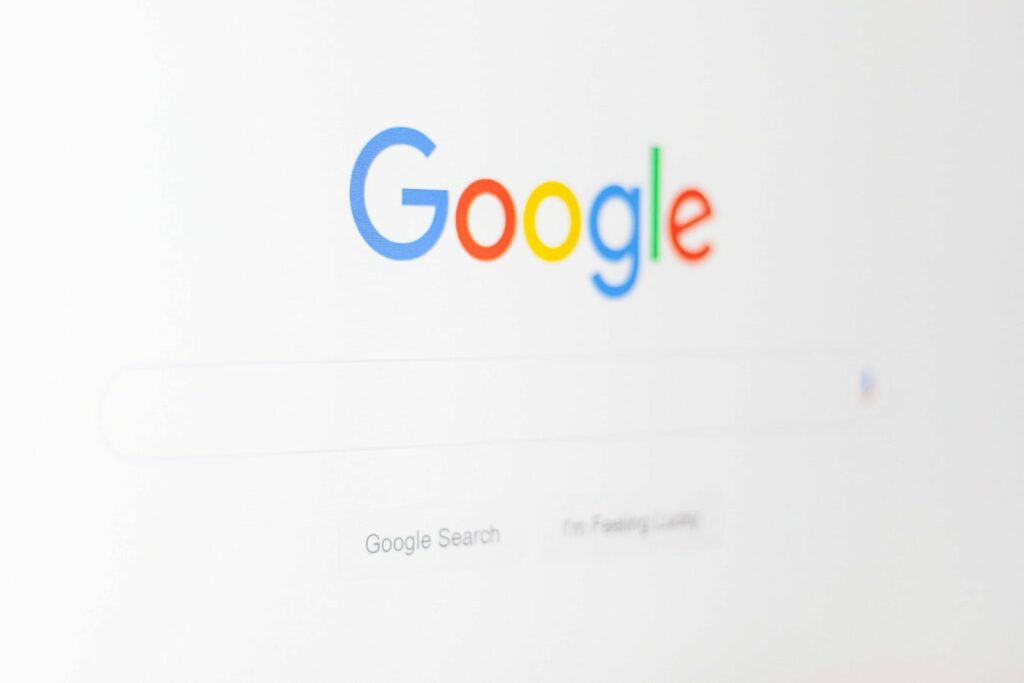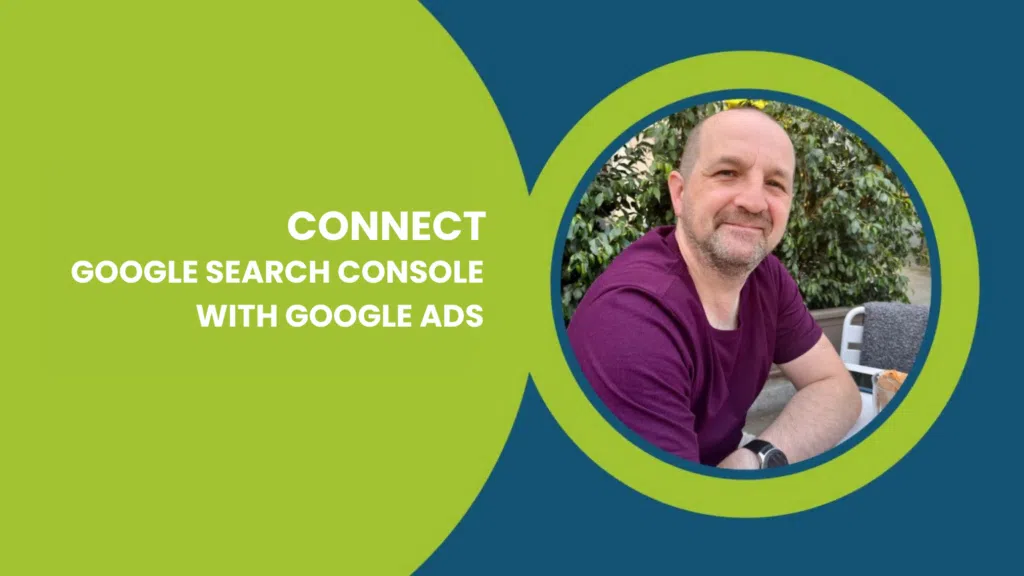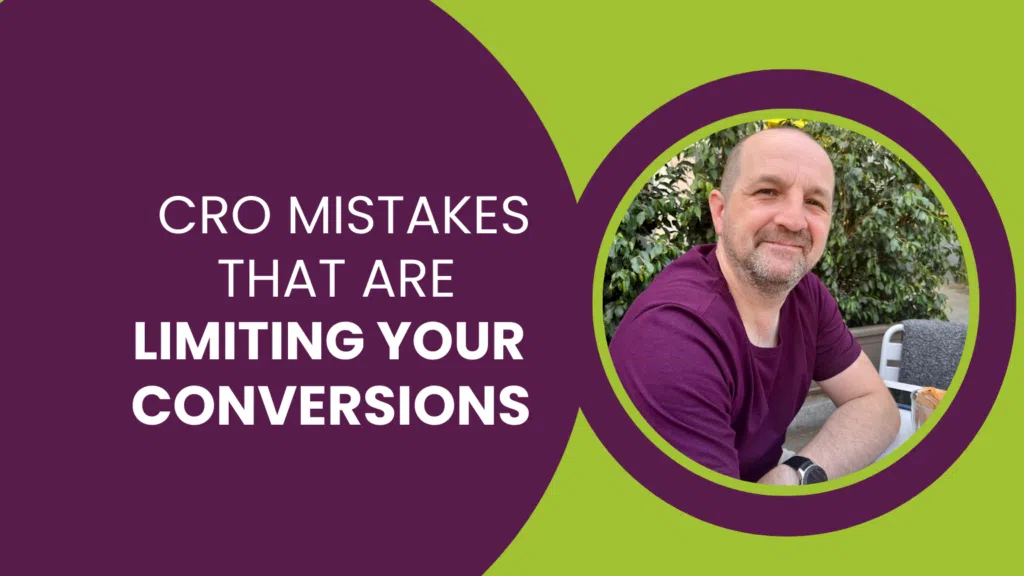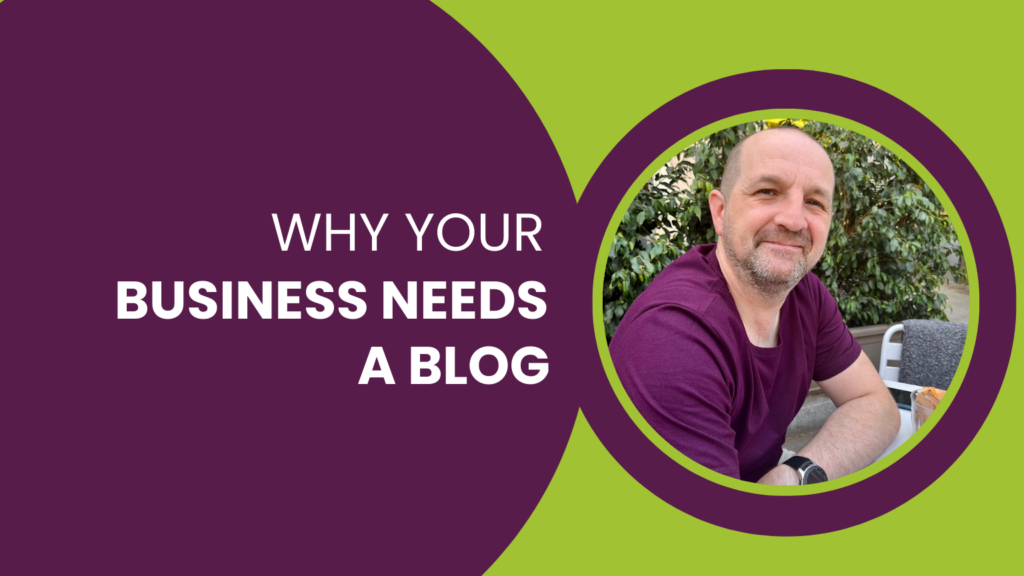Nov 2022: Google Business Profile Changes how you Manage your Business Profile.
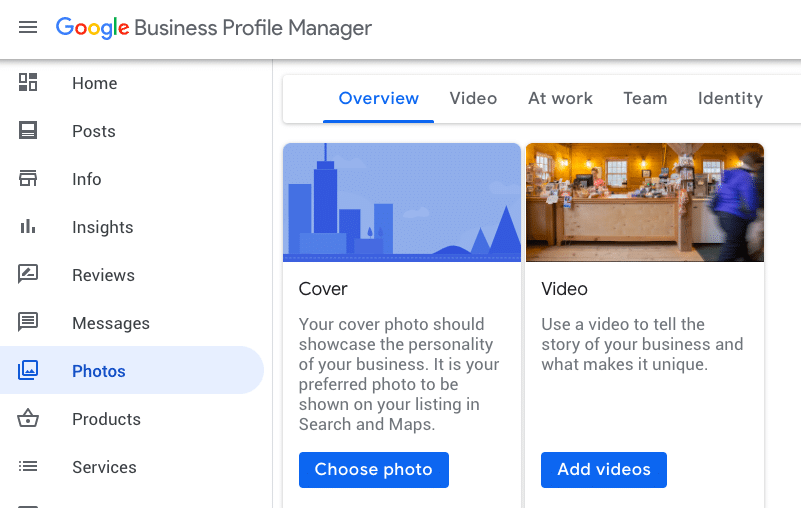
I’m sure anyone who has been using Google Business Profile will recognise the image above, this is what used to be the old Google Business Profile dashboard, here you were able to edit your profile, make posts, check reviews and insights plus tons more. However, this is no longer accessible and has caused quite a confusion amongst the community as to where we are now able to access these features for our Google Business Profile.
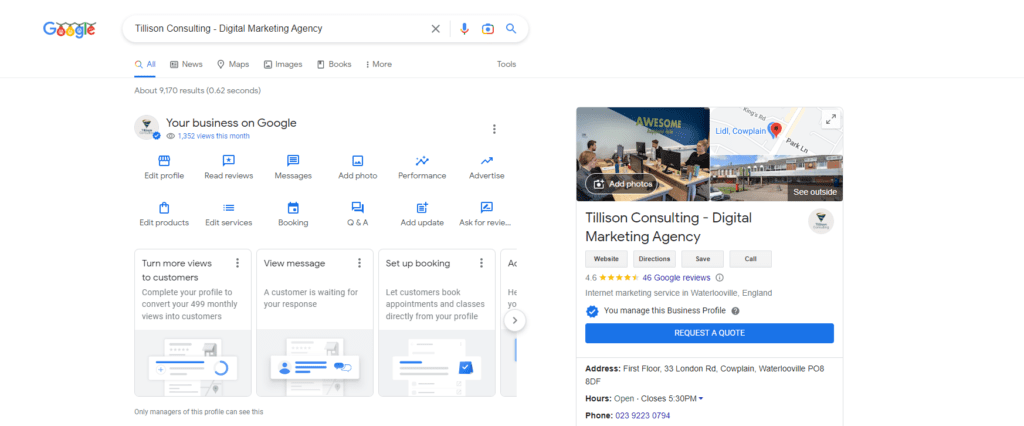
And the answer to where can I manage my Google Business Profile? Quite simply in the SERPs, by Googling your company name you will be given access to manage your listing (provided that you are signed into the appropriate Google Account paired with the listing.) Overall this makes managing your listing easier, however, if you’re a similar company to us, who manages a variety of different companies’ listings, it does now mean that we have to search for each one individually, rather than being able to manage all our listings in one place, as we previously could using the old dashboard.
Nov 2021: Google My Business has rebranded to Google Business Profile.
A service launched in 2014, Google My Business is a free service for companies serious about increasing their organic traffic through local SEO. Google is constantly challenging and changing the way in which local search results show but there is one thing that is certain, having a Google My Business will benefit any local business.
A Google My Business listing allows its users to show a preview of relevant information such as an address, telephone number, opening hours, photos, reviews, business description and so much more, the list goes on. With all of these features fully optimised, your business has a better chance of appearing in the local pack on the first SERP.
Your listing may appear on the SERPs in a range of different ways depending on the search query. For example, you can search for the business using its name, like Tillison Consulting:
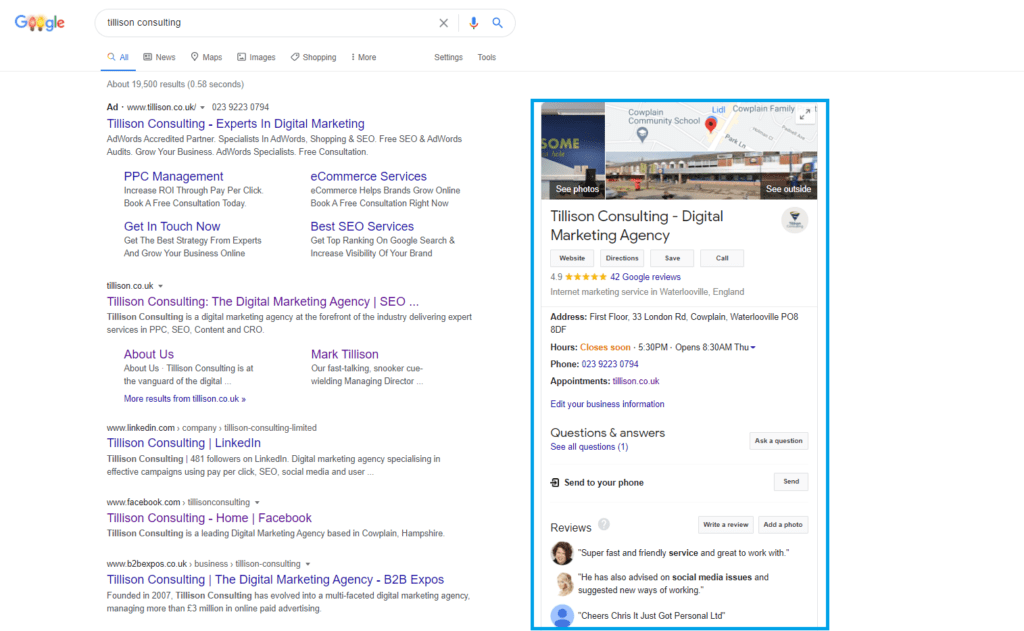
The listing can also appear by searching for the type or category of the business.
Here is an example of searching for the type of business, supermarkets, in a location, Waterlooville:
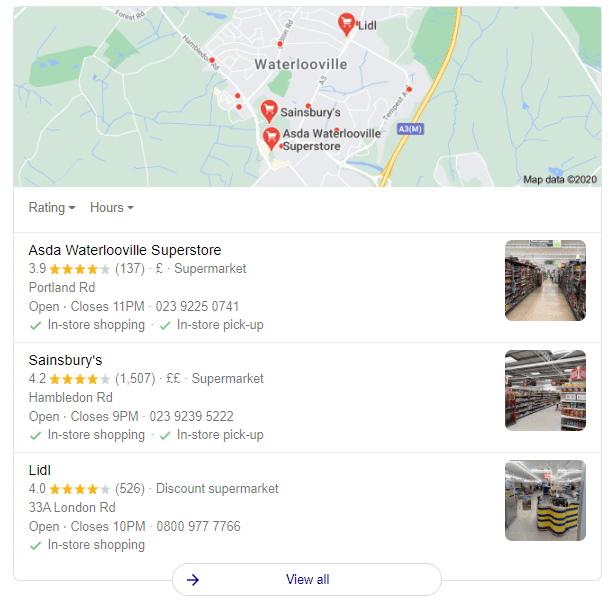
This type of search query consumes the whole top segment of the page with the local pack – the top businesses that Google believes match your query. In order to get featured in the local pack, you have to utilise Google My Business and optimise your listing!
When using a mobile device, the Google My Business listing will appear at the above organic search results (but below the ads). On desktop, it’s displayed on the right-hand side of the search results.
Why do I need Google My Business?
Whether you’re a PEO company or a bakery, the importance of Google My Business is clearer for some businesses than others. Local cafes, for example, will find it harder to get onto the local pack as competitors such as Starbucks and Costa dominate the search results.
Nonetheless, listings are vital for all businesses that want to increase their local awareness. A 2019 report by BrightLocal found that 64% of consumers have used Google My Business listings to find a local company’s address or phone number.
Google tends to favour businesses that provide clear signals to the search engine on what it does and what it is selling. Through optimising your listing, you are able to showcase your organisation and provide data for Google to crawl. The better understood your business is by Google, the more trust it will have in you, therefore helping you to be more visible in search results.
Instead of just appearing in search results for your business name, you can show up in results that have a wider range of queries as well. For example, Tillison Consulting shows up on Google when you search for:
- Tillison Consulting
- Digital marketing
- SEO services
- Marketing services
- Marketing training
- PPC marketing
- Marketing agency
This is because our website and our Google My Business listing are optimised to help Google understand the services we provide.
Creating and claiming your listing
Google takes it upon itself to create listings using the data crawled from sites. This results in many businesses having a listing that is not being utilised. If this is the case, you can claim it. If a business does not have a listing, you can create one.
If your business listing is appearing in the search results and you didn’t set it up, this is called an unverified listing and you can claim it. You do this through Google Maps. Search for your business name in Maps, and within the knowledge panel, you can choose to ‘claim this business’. Click on the ‘I own this business’ link. Google will then give you a choice of steps you can take to verify it. The most common is via postcard, where a code is sent to the business location.
If you don’t have a business listing already, you can create one with a Google account. To do this you will have to visit the Google My Business site and sign in to your Google account. Choose to add a business and follow the steps to create a listing.
Claiming an already verified listing
This process may not be as straightforward as it seems. With employees potentially leaving and listings being incorrectly claimed, as an authorised manager or owner of a business, you may not have access to the listing. When this occurs, you can request to claim ownership of the business from the current owner.
To do this, choose ‘request access’, fill out the form and submit it so that the owner receives an email to alert them. If they accept, you will be given access to manage or own the listing.
But what if they don’t accept your request or you can no longer reach the owner? Google gives you the option to repeal the denied request. If you do not receive a response from the owner within seven days, Google may give you the chance to claim the listing.
Optimising your Google My Business listing
When it comes to optimising your Google My Business listing, there is a multitude of features at your disposal.
Basic information
When creating a listing, you have to get the basics down: the name, address and phone number, or NAP. It’s important that the information you display is not only accurate but in line with other profiles and online directories you are on. This is because Google uses them to examine other listings that it finds in the SERPs. So make sure that you use:
- Your company’s full name – for example we use ‘Tillison Consulting – Digital Marketing Agency’ and not simply ‘Tillison’
- Your company’s full address – if you abbreviate a word in your address such as ‘Road’ to ‘Rd’, keep it consistent across all your online listings
- Your company’s full phone number – keep it localised, and avoid international dialling
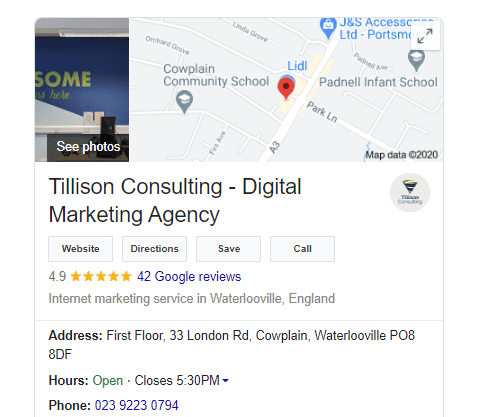
Business description
While there is space for 750 characters, the knowledge panel will only display 250, so choose your words wisely to avoid your description being truncated. Here you’ll want to steer clear of promotional language – Google has published guidelines on what you should avoid.
You can use keywords but bear in mind that you’re treading a fine line. While using keywords that generate a lot of traffic to your listing is great, if they don’t lead to conversions then it’s a waste of time. Avoid keyword stuffing, where you use the same keyword over and over again. Also, don’t use keywords that aren’t relevant to your business.
This is your chance to showcase your amazing product or service to potential customers. Tell them what sets you apart from the competition.
Use posts
A feature introduced back in 2017, this is where you get to create your own content! Google Posts allow a business to promote an offer, update, event or product.
Posts have a generous 1,500-character limit, but only the first 100 show up in the knowledge panel. Therefore, it’s important to mention something that provokes a response right at the beginning. Stick to one message and put it in the spotlight at the start of the post.
It’s crucial to include a striking visual that is at least 400 pixels wide by 300 pixels high. Emojis in the text are also a strong way to grab the user’s attention.
You can also include call-to-action buttons in your posts, including:
- Book
- Order online
- Buy
- Learn more
- Sign up
- Call now
If you’re looking to drive traffic to your website, you’ll have to include one of these buttons.
Make sure you update your Google My Business regularly as posts go dark after seven days. It’s good to keep track of the post’s analytics, clicks and views. Knowing what does and doesn’t work will help you plan future content.
When a business posts a new update, a little dot is displayed in the listing. This increases visibility and will help you stand out – even more reason to post as often as you can.
Photos and videos
The effectiveness of using photos in your listing cannot be overstated. Google itself says that listings with photos “receive 42% more requests for direction on Google Maps, and 35% more clicks through to their websites than businesses that don’t”. Users generally feel more comfortable with a business when they have a sense of familiarity with it.
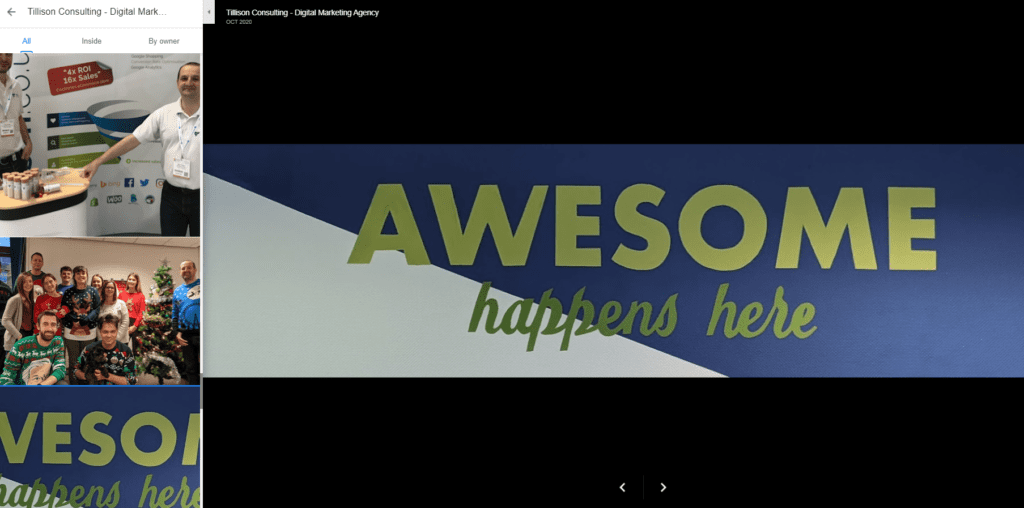
Avoid heavily edited or overly professional photos – make sure you’re not coming across too corporate. Also try not to use stock images – this is your chance to show off the best of your business.
The type of photos that need to be posted to gain this advantage are:
- Business logo
- Cover photo
- Team photo
- Interiors where the business operates
- Exteriors of the business so customers can easily find you
- Photos of the business/team at work
- 360-degree photos
Videos can help the performance of a listing. No longer than 30 seconds and 100MB in size, a video showcasing the best qualities of your business will increase the number of people looking at your listing. This feature is under-used and so it is a perfect way to stand out.
Photos can be added by anyone. As an owner, you can report the photos if they are not suitable for your listing. Google displays the listing’s own photos above those posted by other users, so be sure you post the best photos you have.
Google gives business owners leeway when it comes to choosing which photos appear on their listing first. The feature allows for more control when implementing cover photos and primary profile photos.
Products and services
As of 2020, Google has a list of nearly 4,000 different product and service categories to choose from. In addition to posting about a product, a business can now select a primary category and up to ten secondary ones. Selecting the right one is important if you are trying to rank for certain keywords.
You’ll want to be as specific as you can. For example, if you’re a photographer who specialises in weddings, avoid just selecting ‘Photographer’ when the term ‘Wedding Photographer’ is available. This way you are better at describing your business and you won’t be competing against a wider pool of businesses who are going for the broader category.
It’s also recommended that you don’t dilute your listing with a number of categories. Don’t feel under pressure to have to reach ten secondary categories when two or three is fine. You’ll want to rank for very specific ones.
To change or update your category, simply go to the info tab on your listing’s dashboard and click edit next to your primary category. Google also helps you choose categories by displaying ones that it believes most suits your business.
It’s also worth noting that you should stay away from chopping and changing your category constantly as you’ll be asked to verify your business again.
Questions and answers
Google attempts to create a list of commonly asked questions and answers about businesses using the information already provided in the listing. The public are also allowed to ask and answer questions on a listing if they have a Google account. The question and answer feature cannot be turned off for listings.
Answers can be edited once written, however it will appear as ‘edited’ for the rest of the time the question is up. If you want to remove a question, it has to be flagged as inappropriate, no longer relevant or spam.
Opening hours
As with the majority of listings anywhere online, Google My Business allows you to display your operating hours for the week. It’s also important that you include special holiday opening hours if you can, such as Christmas. Customers appreciate knowing when companies are operating during holidays so they don’t waste their time.
In addition to the standard opening hours, Google now accounts for businesses that may offer more than one service. Take the example of a restaurant that now offers a delivery service. This service may have differing hours to the standard operating hours of the sit-in restaurant, so it’s important to highlight this in your listing.
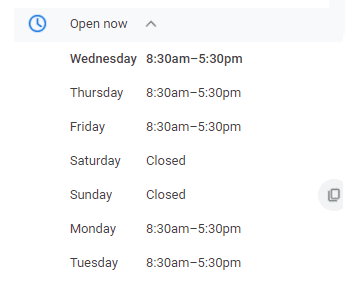
Bookings and reservations
Service-based providers such as restaurants and salons can turn on bookings. Google is partnered with a number of scheduling providers like ResDiary, Booksy and TableCheck. This means customers can book directly on the Google My Business listing and it will integrate with your existing bookings.
Anything that makes the process quicker and simpler for your customers will go a long way towards increasing your bookings.
Reviews
Reviews are perhaps the most influential feature when it comes to a consumer’s decision-making process. BrightLocal found that 82% of consumers read online reviews for local businesses, so it’s important you get some positive reviews on Google My Business. The same study found that 76% of those asked to leave a review go on to do so. So how do you encourage reviews on Google?
You need to reinforce to your customers how easy it is to leave a review: search for the business on Google and pull up its profile. Scroll to reviews and click ‘write a review’ – it’s as simple as that!
It’s also possible to include a call-to-action image on your website with a link to leaving a Google review. Other ways include sharing on social media and incentivising your customers with discounts or gifts. The easier you make it, the more likely you are to receive reviews.
It’s very important to respond to all reviews, whether they’re positive or negative. Always thank the customer for leaving feedback and acknowledge what they have said in the review. If you’re responding to a negative review, try to take the discussion offline – invite them in for a chat to discuss their concerns. If others can see that you deal with criticism and conflict in a professional manner, they will be more likely to trust you.
Another great benefit of reviews is they act as additional keyword finders for you and Google. As Google crawls reviews on your Google My Business listing and your website, it associates the keywords with the user query.
For example, if the user were to search for ‘Cinema with wheelchair access’, Google will rank any cinemas with reviews that mention wheelchair accessibility in the local pack.
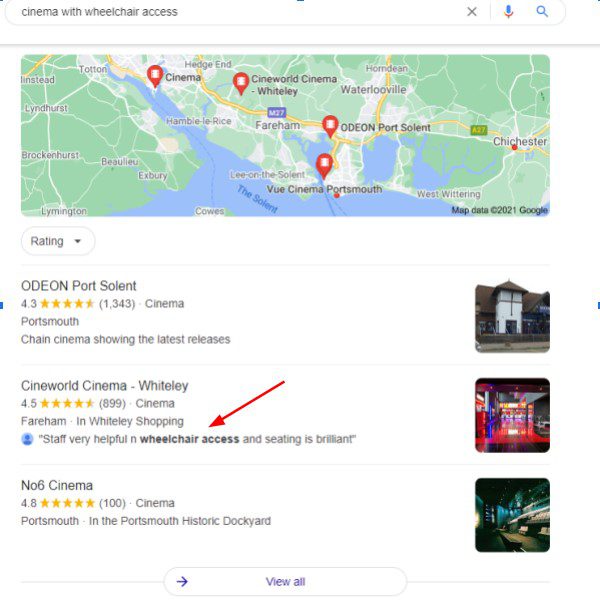
This is a great way to showcase your amenities to new customers from those who have experience and will increase your trust score with Google and potential new customers.
Unfortunately, some reviews will violate Google’s policies. Thankfully in March 2021, it launched a useful tool that makes it easier to manage them all in one place.
Messages
In its constant effort to connect a business with its customers, Google has added a messaging service. Customers can make enquiries about your product or service directly from your Google My Business listing. This element on Google My Business will help you to connect with your consumers at a much faster pace while also creating a more human relationship.
Your response time is recorded by Google to give users an estimate of how long you take to get back to people. You may have noticed it already – “Typically responds in a day”. To give a good impression and encourage users to get in contact, respond as promptly as you can.
Welcome offers
Everyone loves a discount! This is a great incentive to get people following the business and make their posts and visibility stronger.
Welcome offers give way for businesses to reward those who follow their page with a special discount or coupon. It’s also a great way to gain repeat customers as your listing followers will be notified every time you put up a new special offer. Discounts and coupons are saved in the user’s Offers folder.
Insights and performance metrics
It’s important to know how users interact with your listing. Google My Business Insights allows you to do just that. There is so much information and data at your fingertips here, which includes:
- How customers search for your business. This shows if you’ve been found by customers directly by searching for your business name, have been discovered by customers searching for a category product or service, or if customers have found you when searching for brands related to your business.
- Queries used to find your business. The most popular queries for your business by unique users.
- Where customers view your business on Google, be it in Search or Maps.
- Customer actions. Did the customer visit your business, request directions or call you?
- Direction requests. Where did the requests for directions come from?
- The number of phone calls you received.
- How many photo views in comparison business like yours.
- Photo quantity. The number of photos that appear on your business, compared to photos from other businesses.
It’s good practice to record your Insights at the start of each month. This will allow you to see what you did right that month and what you can do going forward.
The Page Experience June 2021 update has seen metrics like website views and direction requests be added to the newly named Performance report. Google has stated that insights for the direction requests may be slightly lower due to its efforts to combat things like ‘’multi-tapping, direction request cancellation, and spam’’.
A very important tool that Google made easier to access in 2020, performance analytics can now be accessed directly in Google Search by clicking on Highlight business and then on Performance. This gives you performance-based metrics from the last six months.
Attributes and Labels
You are able to add attributes and labels to your Google My Business profile.
These attributes are used to showcase and highlight key services or elements of your business. For example, you can add attributes like:
- Cash-only
- Wheelchair accessible
- Accepting new patients
- Delivery available
In recent months, the attributes have developed to allow businesses to showcase their social responsibility. Businesses can now add attributes such as ‘Woman-Led Business’, ‘LGBTQ+ Friendly’ and ‘Black-owned business’.
It is important to add attributes to your profile to stand out against your competitors and to appeal to new customers.
Summary
Google is constantly rolling out new updates on Google My Business, so it’s important that you keep up to date and figure out which features work best for your business.
There’s no question about it: optimising your Google My Business listing is crucial if you want to improve visibility in the local search results. You need to make the most of this free SEO tool. Go beyond the basics and stand out from the crowd if you want to appear in the local packs. As an SEO agency in Hampshire, we recognise it’s huge importance.
If you enjoyed this article or have anything further to add please let us know in the comments below or tweet us. If you would like to keep up to date with Google’s latest updates, then why not sign up to our mailing list to receive all the important industry updates.

